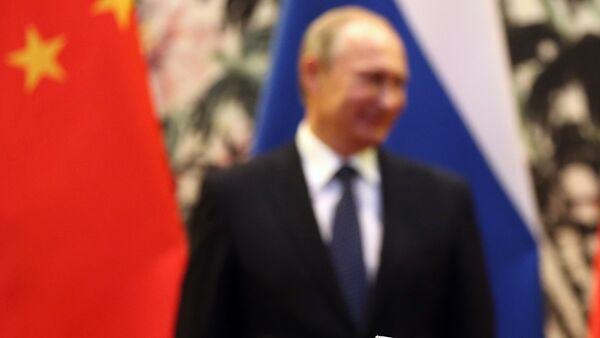"Our Chinese colleagues have asked our institute to become the scientific organization of the telescope which they are going to promote. They wanted us to provide a complete scientific grounding of the project and relevant equipment. That is to say, they make the telescope and Russia makes the optical spectrometer," Sachkov said.
The 33-feet On-orbit Assembling Space Telescope (OAST) is what his institute and the Changchun Institute of Optics, Fine Mechanics and Physics are aiming to develop to match the US-developed James Webb Space Telescope, designed to replace Hubble Space Telescope.
According to the scientist, the project presently is not included in neither of the countries' space programs and, consequently, gets no state funding and is developed on a voluntary basis. He added that the telescope can be completed in the 2030s.
Last year, Sachkov said that Russia was planning to significantly reduce funding for its own Hubble-like Spektr-UV project, developed jointly with Germany and Spain and known also as the World Space Observatory-Ultraviolet (WSO-UV).
Unlike its predecessor, the Earth-orbiting Hubble telescope, the US' Webb observatory will orbit the Sun about a million miles from the Earth. As a result, Webb is expected to discover and collect data on thousands of exoplanets that orbit distant stars.


